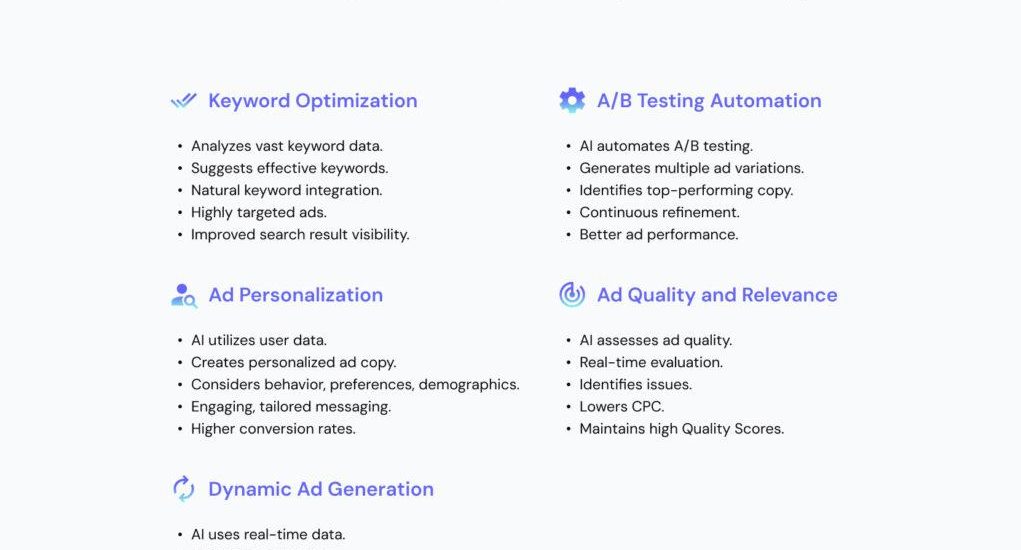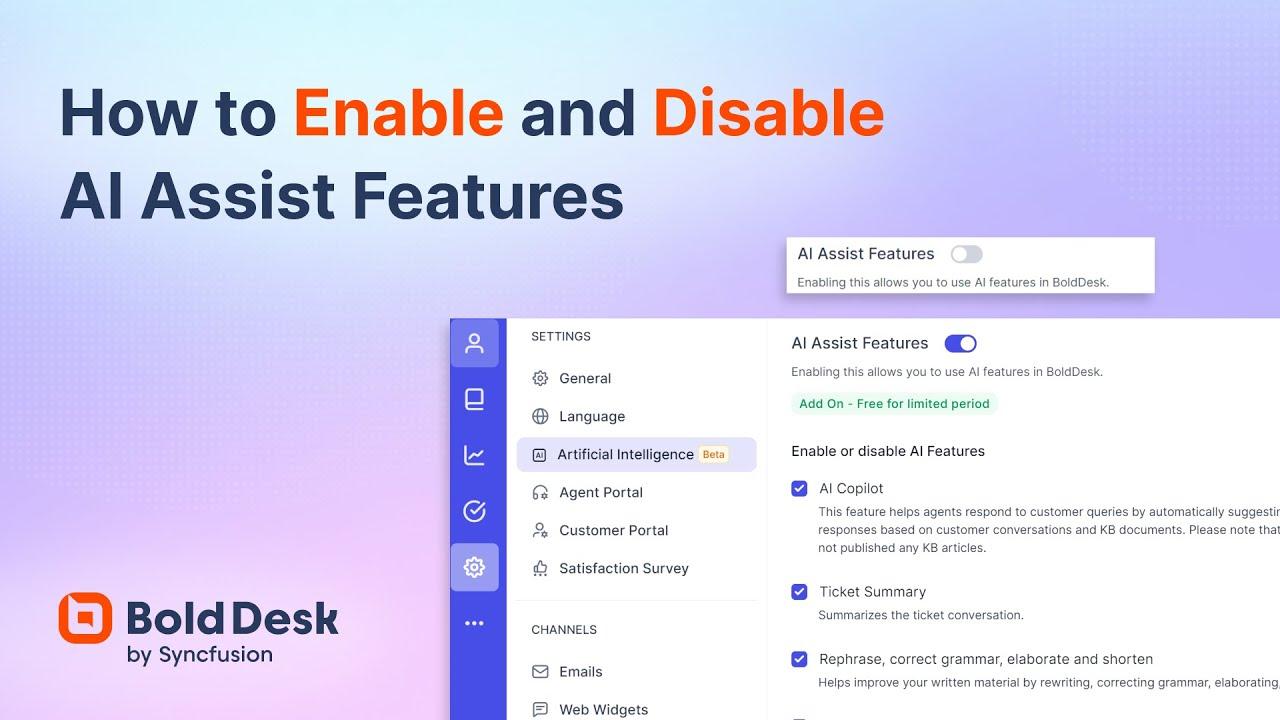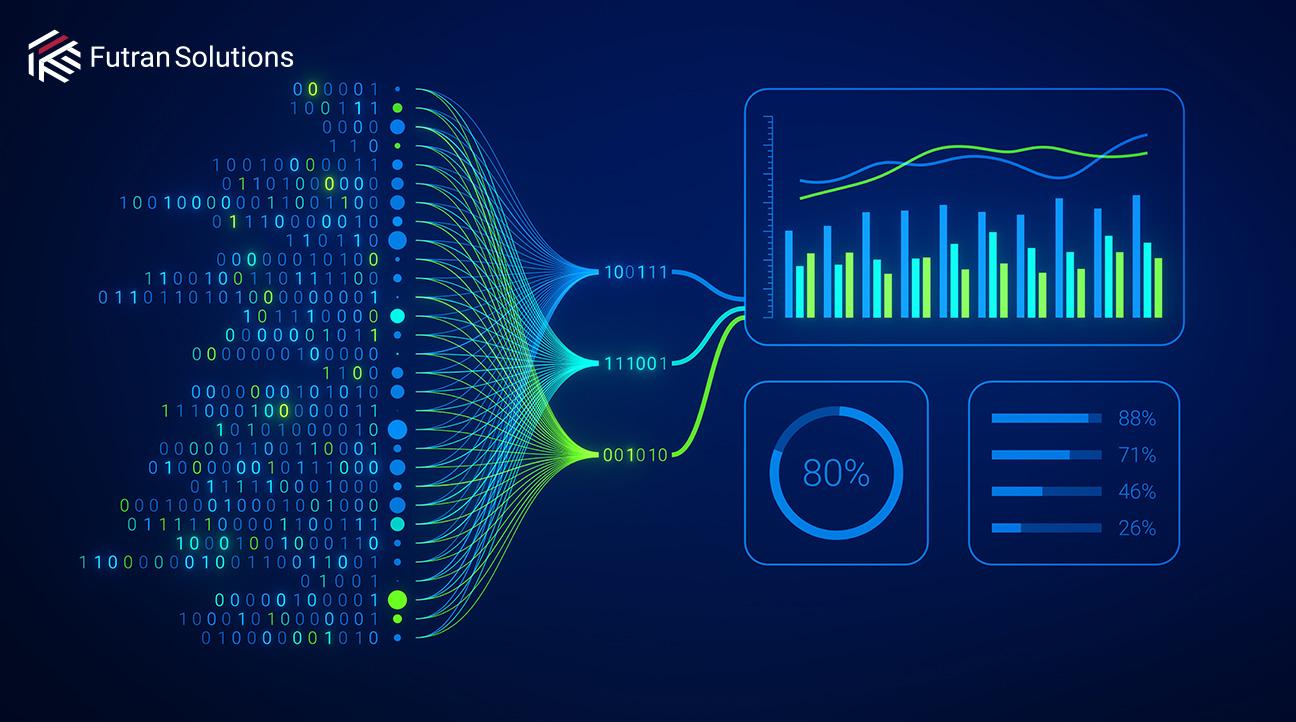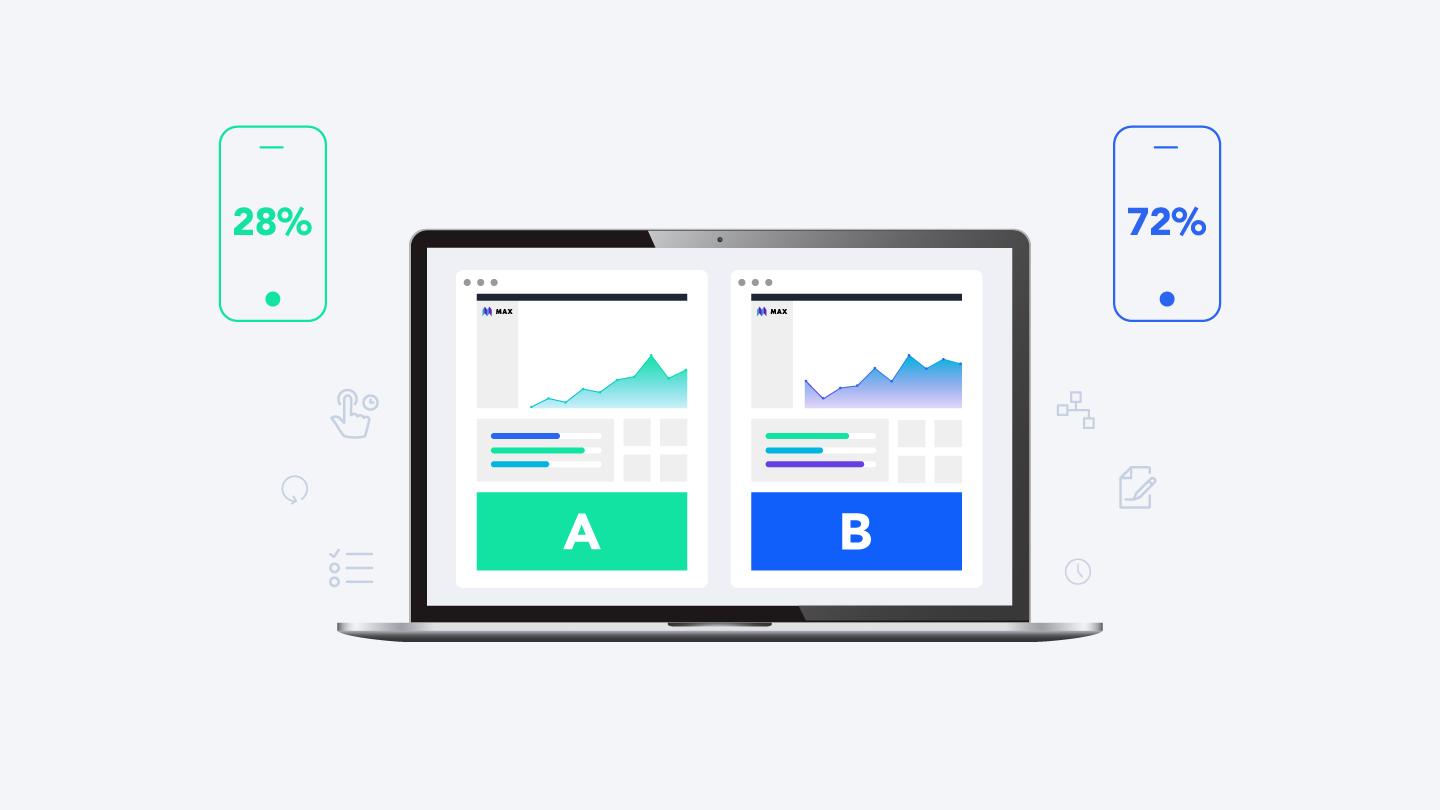



In a digital landscape dominated by rapid advancements in artificial intelligence, the art of crafting compelling ad copy has entered a new era. Google Ads, equipped with AI-assisted features, offers marketers an innovative toolkit that can enhance their advertising strategies. Yet, while these technologies promise greater efficiency and reach, they also pose a challenge: how can we ensure that the unique voice and creativity of human writers shine through amidst algorithms and machine learning? In this article, we’ll explore practical techniques for writing better ad copy in an AI-driven environment, empowering you to blend the best of both worlds. Discover how to leverage AI’s insights while nurturing your own creativity, ensuring that your ads not onyl capture attention but also resonate with your audience on a personal level.Whether you’re a seasoned copywriter or new to the realms of digital marketing, this guide will help you navigate the evolving landscape and elevate your advertising game to new heights.
Google Ads has integrated several AI-assisted features that aim to streamline the ad creation process and enhance performance. By leveraging advanced algorithms, these tools analyze vast amounts of data to identify the most effective keywords, target audiences, and optimal ad placements. This not only saves time but also helps advertisers craft compelling ad copy that resonates with potential customers. Understanding how these features work can provide marketers with invaluable insights,allowing them to fine-tune their messaging and achieve better results.
Among the popular AI-driven features, Smart Compose and Responsiveness Enhancements stand out for their ability to generate tailored suggestions based on user queries and previous ad performance. Smart Compose analyzes successful copy across numerous campaigns and offers phrasing that has historically yielded high engagement rates. Additionally, responsive search ads (RSAs) utilize AI to rotate and select the best-performing combinations of headlines and descriptions, ensuring that ads are presented in the most effective manner. Familiarizing yourself with these features can considerably enhance the quality of your ad copy.

When it comes to craftily drawing your audience in, the essence of your message is crucial. Compelling headlines are your first opportunity to grab attention amidst the sea of facts clients encounter daily. Focus on incorporating powerful action words that ignite curiosity or offer a solution. For example, using phrases like “Unlock the Secret to Increased Sales” or “Discover Proven Strategies for Success” can entice readers to pause and click. Additionally, formatting plays a pivotal role – consider utilizing numbers or questions to create intrigue, making them feel as though they are about to uncover something valuable. Here are some essential elements to consider:
Understanding your audience is paramount in crafting these headlines; tailor your headlines to meet their interests and needs. You can further enhance your headlines by leveraging keyword optimization—incorporating terms your target market frequently searches for ensures greater visibility. Don’t shy away from testing various headline styles to see which resonates best with your audience. Consider using the following table as a guide to brainstorm potential headline ideas:
| Headline Style | Example |
|---|---|
| How-to | How to Maximize your ROI with AI |
| List | 5 Reasons Why AI Will Transform Your Ads |
| Question | Are You Ready to Boost Your Ad Performance? |
| Challenge | Can You Handle the Power of AI in Advertising? |

In the world of digital advertising, utilizing AI insights can transform your approach to crafting compelling ad copy. By analyzing vast amounts of data, AI tools can uncover customer preferences, behavior patterns, and trends that might go unnoticed through traditional methods. To fully harness these insights, consider the following strategies:
Moreover, leveraging AI’s predictive capabilities can enhance your targeting precision. By focusing on data-driven insights, you can create ad copy that not only attracts potential customers but also addresses their pain points and desires. Consider setting up a feedback loop where AI analyzes real-time performance metrics on your ads. This can be visualized effectively through concise data tables, making it easier to spot opportunities for improvement:
| Metric | Current Performance | Target Performance |
|---|---|---|
| Click-Through Rate (CTR) | 3.2% | 5.0% |
| Conversion Rate | 1.5% | 3.0% |
| Cost Per Acquisition (CPA) | $45 | $30 |

A/B testing your ad copy is crucial in optimizing your Google Ads campaigns, especially when incorporating AI-assisted features. Start by crafting two distinct variations of your ad copy that differ in key elements such as headlines, calls to action, or landing page links. This ensures you can pinpoint what resonates best with your audience. Create attention-grabbing headlines that capture interest instantly, as this is often where you will lose potential clicks. Keep your ad descriptions concise and focused, emphasizing the unique benefits your product or service offers.
When setting up your tests,it’s essential to define your goals clearly. Consider the following strategies to maximize effectiveness:
After collecting data, analyze the results and be prepared to realign your copy based on what works.You may also want to employ a table to summarize your findings:
| Ad Copy Version | CTR | Conversions | CPA |
|---|---|---|---|
| Version A | 3.5% | 50 | $20 |
| Version B | 4.2% | 65 | $15 |
In a world where artificial intelligence is seamlessly integrated into advertising, understanding how to craft compelling ad copy takes on new dimensions. By embracing the tools and features that google Ads provides, you can harness AI’s capabilities rather than feel overwhelmed by them. Remember, at the heart of effective ad copy remains the basic elements of understanding your audience, clear messaging, and a personal touch that only you can provide. As you move forward, consider AI as your creative partner—a resource that can elevate your ideas and refine your voice.
As you apply the techniques discussed in this article, keep experimenting, testing, and adapting your approach. The key to success is not merely in writing better ad copy, but in creating connections that resonate with your audience amidst the noise of the digital marketplace. So take these insights, blend them with your unique vision, and watch as your ads not only reach but truly engage their intended targets. Here’s to your journey in mastering the art of ad copywriting in the age of AI!